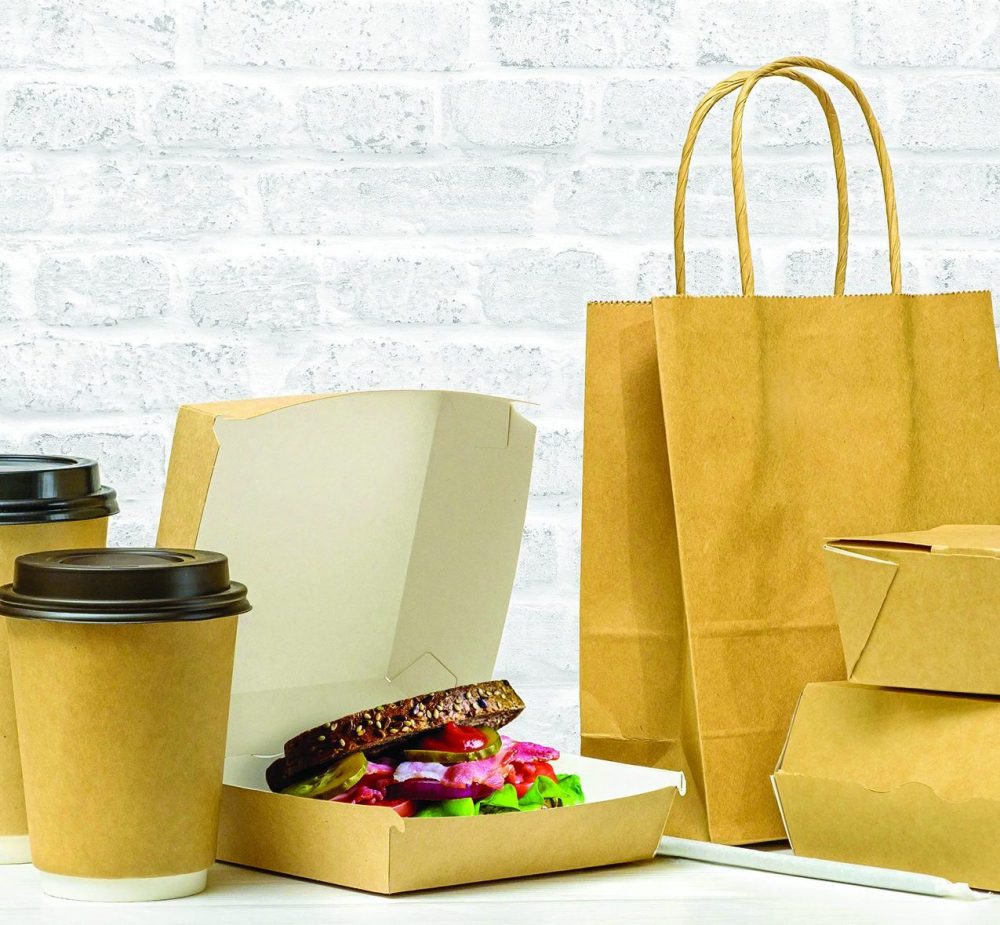Local restaurants have taken an especially hard financial hit during the outbreak of the novel coronavirus COVID-19. A recent appeal for economic relief from the National Restaurant Association on behalf of struggling restaurants estimated that the industry could suffer hundreds of billions of dollars in losses due to the outbreak. In recognition of the vital roles restaurants play in fostering strong communities, many local governments have urged residents to order takeout or delivery if they can afford to do so. Millions of consumers have heeded that call, helping restaurants stay afloat in a time marked by economic uncertainty while appreciating a night or two off from preparing meals at home.
It’s easy for home cooks to practice portion control when making meals at home. But restaurants tend to offer hearty portions, leaving consumers with leftovers at a time when more and more refrigerators are full of containers with previous nights’ meals. So what to do with restaurant leftovers? A little creativity might be in order.
• Reimagine restaurant leftovers. The Mayo Clinic advises against keeping restaurant leftovers for more than four days, noting that the risk of food poisoning increases after that. If you don’t want to eat the same meal twice in four days, try to turn leftovers into something new. Add fresh vegetables to leftover rice to create a rice bowl that makes a great midday meal. Then use leftover meat and potatoes to create a stew or soup for dinner. Add some sautéed seafood to leftover pasta to give the meal a whole new taste. Reimagining restaurant leftovers into wholly new dishes is a great way to get even more out of meals that might be too big to polish off in one sitting.
• “Trade” leftovers. When ordering meals for the whole family, make a game of trading restaurant leftovers for the next day’s lunch. If Dad orders chicken parmigiana he can trade it for Mom’s beef bolognese. Families can have even more fun by offering side dishes for desserts or sweeten offers with homemade treats or promises to do the dishes. This is a fun way to ensure no one has to eat the same meal on consecutive days.
• Turn leftovers into appetizers or snacks. If leftovers aren’t abundant enough to provide for two full meals, or if you simply want to make something new out of what you didn’t eat last night, turn leftovers into appetizers or snacks to enjoy while watching a movie. Open a bag of tortilla chips and turn last night’s entrée into a tasty dip, or place leftovers out shortly before your home-cooked meal is ready to be served. Extra flavor at the dinner table is always welcome, and this approach gives everyone a chance to try each dish. Restaurant portions can be large, and in this time of takeout that can make it hard to determine what to do with leftovers.
Thankfully, there are many creative ways to approach restaurant leftovers so no one has to eat the same meal two days in a row.





